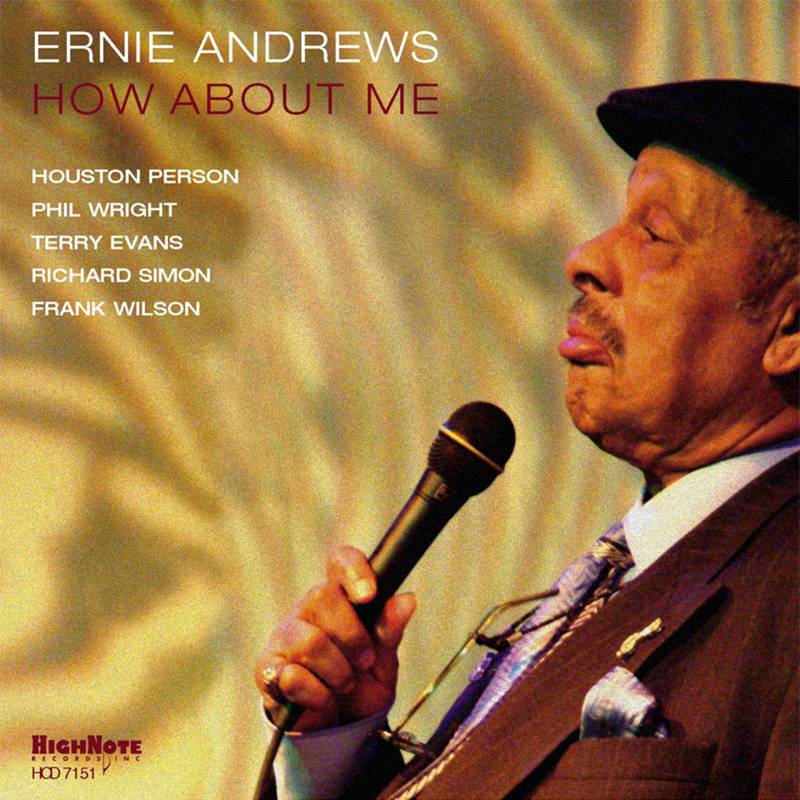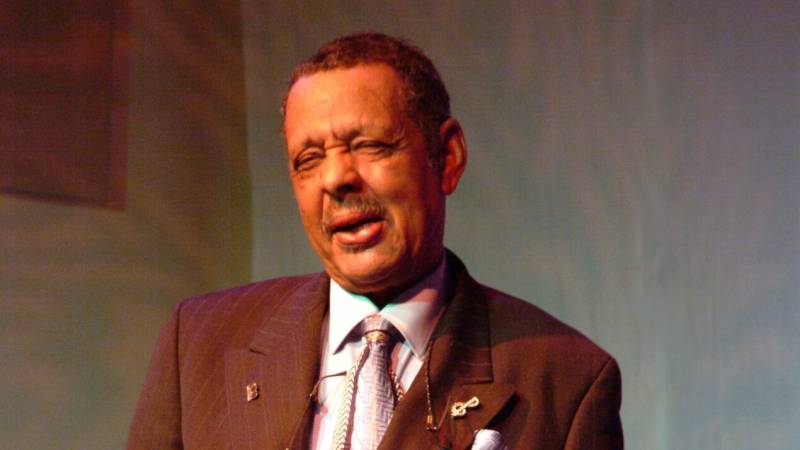Los Angeles vocalist Ernie Andrews was one of jazz’s great ballad and blues men. A suave song stylist whose career spanned almost eight decades, he was one of the last direct links to the glory days of the Central Avenue scene in the 1940s, when LA boasted one of the nation’s most fecund and innovative Black music scenes. While Andrews never quite became a star, he was an indispensable figure in Southern California until his death on Feb. 21 at the age of 94.

Born in Philadelphia in 1927, Andrews spent several formative years as a teenager in New Orleans, where he started performing professionally. By the time he enrolled at Jefferson High (alongside classmates such as future tenor sax legend Dexter Gordon and trombonist/arranger Melba Liston), he was ready for the big time. After Andrews won a talent show at Central Avenue’s Lincoln Theatre, songwriter Joe Greene approached him about recording some of his material. Andrews wasn’t 18 yet when he scored a minor hit in 1945 with Greene’s “Soothe Me” (a song memorably revived by Shirley Horn in 1991).
Inspired by Billy Eckstine’s suave balladry and Jimmy Rushing’s Kansas City blues, Andrews had his own idiosyncratic sound from the beginning. Tall, lean and dapper, he infused even upbeat tunes with a melancholic air, but without a trace of self-pity. A master of dynamics, he could start a ballad with a supple purr and build to a fierce roar, then bring his volume down again without particularly calling attention to the shifts. He also honed a repertoire brimming with songs few other artists performed. While scatting wasn’t his forte, he could belt the blues with authority, or take a pop tune like James Taylor’s “Fire and Rain” and turn it into a jazz epic. Yet for much of his career he was overlooked by record labels and, sadly, under-documented.
The confounding thing about Andrews isn’t that he was underappreciated. That’s pretty much the rule rather than the exception when it comes to male jazz singers. What’s so frustrating is that he seemed to come close to popular acclaim so many times. In hindsight, touring and recording as a member of trumpeter Harry James's band during his prime years from the late 1950s through the mid-'60s undermined Andrews’s ability to establish himself as a solo act. During this time before the British Invasion, jazz still occupied some prime cultural real estate.

